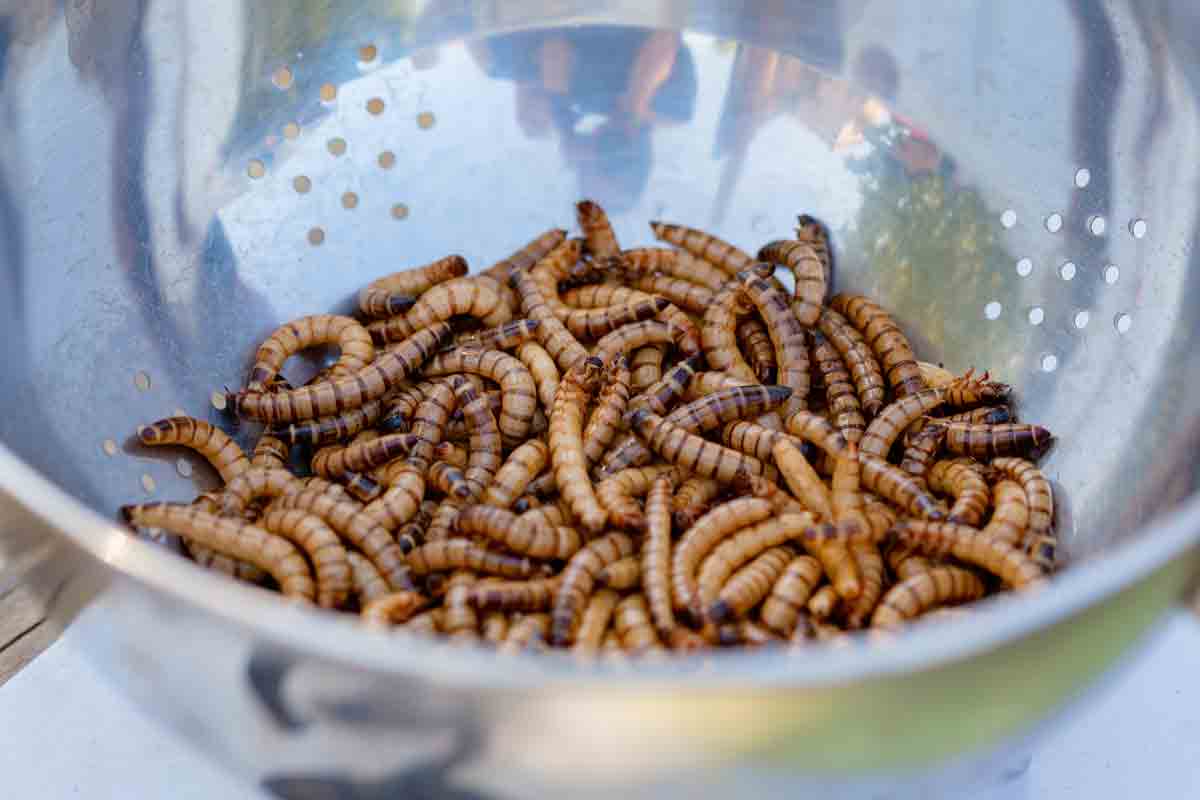
Although it may be uncomfortable to discuss, larvae in the house are a common issue that every homeowner must deal with at one time or another.
+ This TikTok hack will show you how to organize your Tupperware
+ How to remove rust stains from different surfaces
Ants, spiders, and flies are common insects, but larvae are less common and appear under specific conditions.
What are larvae?
To find out why you have them in your house, it’s important to understand what they are and how they come about. Simply put, larvae are the offspring of flies. The most common flies found in residences are Calliphoridae or house flies. During their life cycle, a female fly can lay up to 2,400 eggs that hatch into spindle-shaped, creamy larvae.
Flies prefer to lay their eggs in sheltered, warm places with a plentiful food source. That’s why you can often find them in your trash can. Once the eggs hatch, the larvae feed on decaying organic matter in your trash can. They can emerge within 24 hours after egg-laying, so the population can increase rapidly under ideal conditions.
Identify the Source
If you’re finding larvae in your house, it means that adult flies are finding something attractive inside or around your house and laying eggs. In most cases, it’s improperly disposed household garbage or dog feces. Sometimes a dead animal carcass is the culprit, but it’s less likely to happen inside or around your house. The female fly lays eggs in rotting garbage, dead animals, or pet remains, so the larvae emerge to feed on decaying matter. Once you identify the source, you can address the problem to discourage flies from laying eggs there.
Focus on Sanitation
The only way to break this cycle and get rid of them is to get rid of the flies by cleaning up what’s attracting them. This typically means bagging all trash and pet waste properly and disposing of it at a waste facility. If a wild animal carcass is the issue, a call to animal control can have the body removed.
After eliminating the larva’s food source, start removing the larvae and flies themselves. Use a vacuum cleaner to suck up any flies and larvae you see moving on the floor or hiding in wall crevices, floorboards, or under carpets. Remove the vacuum bag immediately afterward and place it in a plastic garbage bag. Tie the bag securely and throw it away.
If the larval infestation has occurred in an outdoor trash can, remove all waste from the bin and kill the larvae with boiling water. You can leave it plain or use a mixture of 1 part vinegar and 3 parts water to help remove odors that attract flies. Then scrub the entire trash can with hot water and soap and rinse it out. Dry the trash can thoroughly to remove moisture that might attract more flies.
Forget About Insecticides
Using an insecticide to eliminate flies and larvae inside the house is rarely appropriate and should only be a last resort if non-chemical methods of larva removal fail. Although an insecticide hits its mark and reduces the population of flies and larvae, the end result is not always ideal. Sometimes, secondary pest infestations can occur after the use of a chemical insecticide; new pests may feed on dead flies and larval carcasses.
TIP
Larvae are the offspring of flies and occur when flies lay their eggs in your house. This happens when the fly finds an ideal situation, which is usually improperly disposed of garbage.
@limpar

